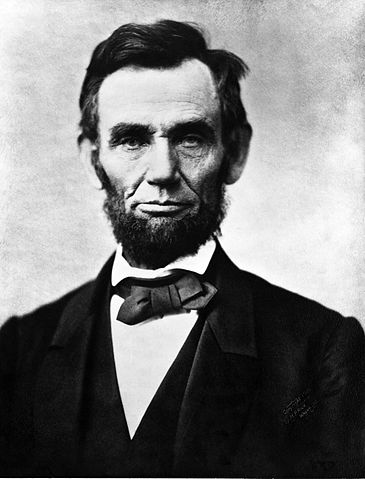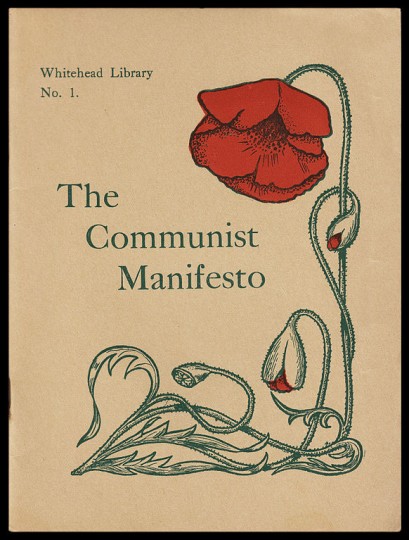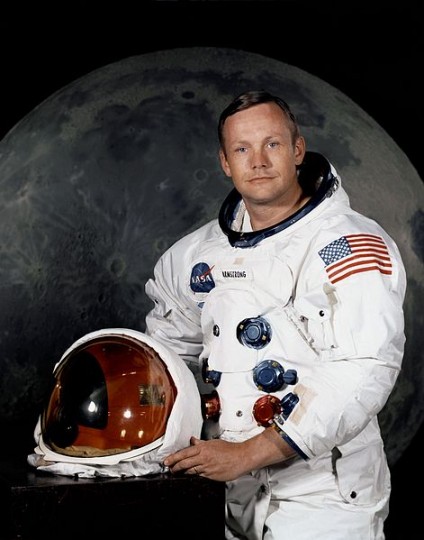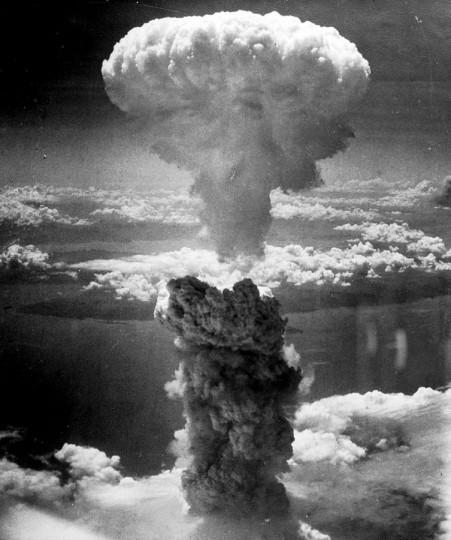The Huffington Post recently included what it considers the Top 10 quotes  from various ‘leaders’ across the globe that “in some way changed how humanity looks at the world.”
from various ‘leaders’ across the globe that “in some way changed how humanity looks at the world.”
This list includes quotes that commemorate historical moments/actions that impacted on the global landscape, through political reforms, scientific revolutionary discoveries, human rights, empowering the rights of women and girls, etc. Below is their list. There are many instances where “the power of worlds has been abundantly clear,” and where the subsequent action has not.
If you were to suggest a Top 10 list of famous quotes from (in)famous actions that impacted on the world, what would that list look like?
Malala Yousafzai (Nobel Laureate, activist for girls and women’s rights to education)

“One child, one teacher, one book and one pen can change the world.”
After being shot in the head on her way to school by Taliban forces, Malala Yousafzai has become one of the world’s most prominent voices for the right to education, in particular for girls. In a speech at the United Nations on July 12, 2013, she gave a stirring call for global education, as well as the fight against terrorism. At the time she was just 16 years old, and in years since has continued on her campaign and received a Nobel Peace Prize for her work.
Learn more about Malala and her campaign. See also the learning site teachingkidsnews on Malala with further links and curriculum connections.
Anne Frank (young diarist and writer. One of the most discussed victims of the Jewish Holocaust, killed in 1943 at the age of 16 years)

“I still believe, in spite of everything, that people are truly good at heart.”
Written in her diary on July 15, 1944, Anne Frank’s words reflect her inspiring outlook during one of the worst events in human history. Upon its publishing in 1947, the diary would become an incredibly important and celebrated account of the Holocaust. Frank’s words offer a glimpse into the horrors of the Nazis, and stand as a reminder to never forget the tragedy that befell her and an estimated 6 million other Jews during World War II.
Learn more about Anne Frank.
Nelson Mandela (President of the Republic of South Africa 1994-1999, ANC leader and freedom fighter)

“I have cherished the ideal of a democratic and free society in which all persons live together in harmony and with equal opportunities. It is an ideal which I hope to live for and to achieve. But if needs be, it is an ideal for which I am prepared to die.”
The closing lines of Nelson Mandela’s defense statement at his 1964 trial are a testament to his dedication, as well as his rhetorical skill. An unrelenting activist against the brutally racist South African apartheid regime, Mandela was convicted on four counts of sabotage in the trial and sent to jail on a life sentence. He was released after 27 years in prison, most of them spent at Robben Island, and in 1994 went on to win South Africa’s first free elections.
Learn more about Mandela and a series of quotes he made on development and international justice.
See the BBC timeline learn more about Mandela. See also 10 life lessons from Mandela. For young people see enchantedlearning and the comprehensive site theschoolrun.
Martin Luther King Jr. (former leader of leader in the African-American Civil Rights Movement and American Baptist minister)

“I have a dream that my four little children will one day live in a nation where they will not be judged by the color of their skin but by the content of their character.”
Martin Luther King’s “I Have a Dream” speech holds as one of the seminal moments of the American civil rights movement, and a powerful call for equality in what was then a segregated nation. Prior to the address, King had actually been advised against using the now-famous “I have a dream” line by his aide Wyatt Walker, who felt that it was too cliché and had been used enough by King before.
For an overview of Dr. King; The Civil Rights movement also BBC Bitesize and a blog on this website on the 50th anniversary of Dr King’s I have a Dream speech.
Abraham Lincoln. (16th President of the United States)

“If slavery is not wrong, then nothing is wrong.”
Written in an April 4, 1864, letter, President Abraham Lincoln’s candid statement on his opposition to slavery was delivered just a year before his assassination. Under Lincoln, the Emancipation Proclamation made major steps towards the abolition of slavery in the nation, and shortly after his death the 13th Amendment to the Constitution formally ended the horrific practice.
Learn more about Abraham Lincoln, BBC class video on Lincoln and slavery. See our blog on slavery and modern slavery, a map of modern day slavery; a slavery Action Project and related blog
Karl Marx and Friedrich Engels (‘fathers’ of Marxist theory)

“The proletarians have nothing to lose but their chains. They have a world to win.
Working men of all countries, unite!”
Sometimes misstated as “workers of the world, unite,” the quote is perhaps the most memorable line of The Manifesto of the Communist Party. Originally published in 1848 in German, the work was an incendiary call to action that would influence revolutionaries and governments throughout the world. In time, Marxist and Communist thought became so pervasive that it created titanic shifts in the global political order and laid the foundation for the Soviet Union.
Learn more about the Communist Manifesto in enotes. Use ‘Rock Paper Scissors to teach about socialism.
Neil Armstrong (American astronaut and the first person to walk on the Moon)

“That’s one small step for a man, one giant leap for mankind.”
The exact words uttered by Neil Armstrong in 1969 as he climbed down the ladder from Apollo 11 on to the surface of the Moon are actually up for debate. With the quote sometimes repeated as “for man” rather than “for a man,” Armstrong reportedly insisted to a biographer that he included the extra word. NASA’s transcript reflects Armstrong’s view — though notes most of the world heard no “a.” Audio experts who have analyzed the recording say that it remains somewhat ambiguous.
Bio on Neil Armstrong. Blog by Bill Nye on how Armstrong “changed the world.” See also SpaceKids.
Ronald Reagan (40th President of the United States 1981-89; former Hollywood actor)

“Mr. Gorbachev, tear down this wall.”
Delivered in a historic 1987 speech, President Reagan called on Soviet leader Mikhail Gorbachev to bring down the Berlin Wall that divided the city between democratic West Germany and the Communist East. While the speech actually didn’t receive much press at the time, it has come to be seen as a symbol of the last years of the Cold War and end of the Soviet Union. The wall came down in 1989 after Reagan was out of office. Its fall was due to a variety factors as opposed to solely U.S. pressure, not least the economic and political reforms Gorbachev had started in 1985.
Learn about the Berlin Wall: BBC Newsround; 10 Facts about the Berlin Wall; teaching about the Berlin Wall
Robert Oppenheimer (theoretical physicist, technical director overseeing the development of the atomic bomb)

“Now I am become death, the destroyer of worlds.”
Once the technical director of the Manhattan Project that produced the atomic bomb, Robert Oppenheimer later said that this quote from the Hindu scripture Bhagavad-Gita entered his mind when he witnessed the first successful test.
The immense moral weight that Oppenheimer felt upon creation of the atomic bomb stayed with him until his death in 1967. The nuclear weapons pioneered by Oppenheimer and his team ushered in a new age that forever changed the calculus of war between nations. The only instance of the weapons’ use in war was in 1945, when the U.S. bombed the Japanese cities of Hiroshima and Nagasaki, resulting in the deaths of hundreds of thousands from the blasts and subsequent radiation.
Learn about the Manhattan Project. A short bio on Oppenheimer.
Mao Zedong (Chinese communist leader and founder of the People’s Republic of China)

“A revolution is not a dinner party.”
This quote is from Mao Zedong’s 1927 Report on an Investigation of the Peasant Movement in Hunan, and part of a longer passage of his thoughts on the need to overthrow the ruling class through violence. Mao’s revolution, though bloody, was a successful one, founding the People’s Republic of China in 1949. His rule has cast a long and dark shadow over the history of modern China, with policies implemented by Mao resulting in the deaths of tens of millions.
Learn more about “Chairman Mao.” Learning about Mao for young people, encyclopaedia information; a teacher resource guide, interactive site with student activities.
